The Grand Canyon, often hailed as one of the most awe-inspiring natural wonders on Earth, stands as a testament to the astonishing power of geological processes over eons. Its sheer scale, breathtaking panoramas, and geological narrative draw visitors from across the globe in search of a humbling encounter with nature’s magnificence. While the South Rim of the Grand Canyon receives the lion’s share of tourists, the lesser-traveled North Rim possesses its own unique allure, offering an escape to a more tranquil, remote, and equally captivating facet of this geological masterpiece. In this article, we will embark on an exploration of the Grand Canyon North Rim, guiding you through the journey of how to reach this hidden gem and why it deserves its status as a special destination.

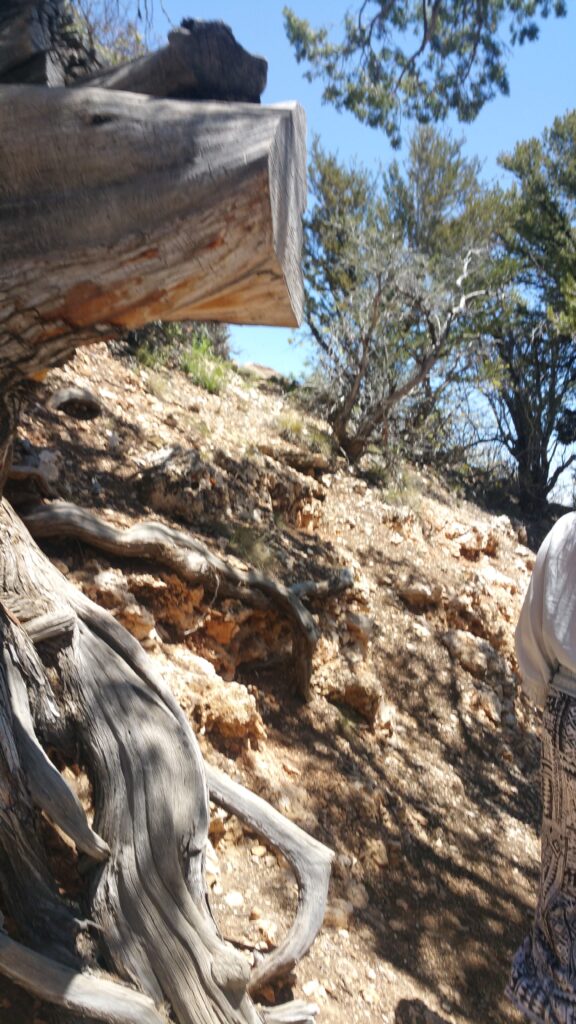
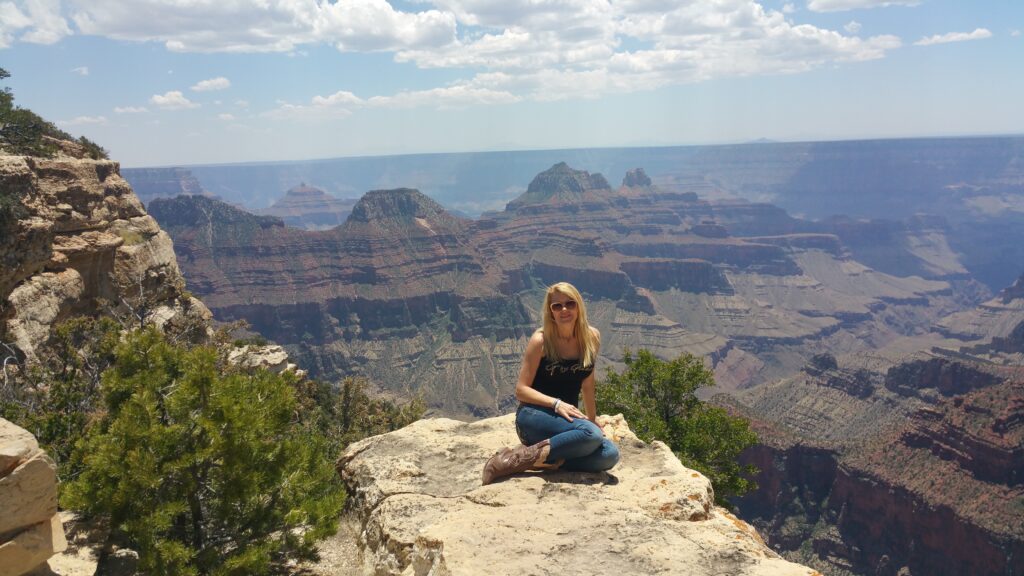
The Grand Canyon is, without exaggeration, one of the Earth’s most staggering spectacles. Its vastness is a tribute to the relentless work of the Colorado River, which has carved this monumental chasm over millions of years. This colossal trench stretches an astonishing 277 miles (446 kilometers) in length, spans up to 18 miles (29 kilometers) in width, and plunges to depths exceeding a mile (1.6 kilometers). To put it in perspective, standing at its precipice is akin to gazing across the realm of giants.
A Geological Odyssey
Grand Canyon unfolds as a colossal, weathered tome, an open book bearing the monumental story of our planet’s geological journey. Its towering cliffs, etched with the scars of millennia, serve as pages, each layer of rock a chapter, and every twist and turn a revelation. With the Grand Canyon, nature herself has unveiled nearly two billion years of Earth’s tumultuous history, and its rocky embrace invites intrepid souls to read between the lines. At the canyon’s heart, the story begins with the Precambrian rocks—ancient sentinels that trace their origin back in time to a primordial sea that once covered the landscape. These enduring rocks, aged nearly two billion years, contain enigmatic clues about the earliest days of our planet. They whisper of volcanic eruptions, the crystallization of molten magma, and the emergence of life in the depths of the Earth’s oceans. Ascending through the stratified cliffs, we encounter a kaleidoscope of sedimentary layers, each stratum a canvas painted with the hues of eons gone by. The brilliant reds, oranges, yellows, and creams tell tales of deserts bathed in searing sunlight, where wind-blown sand dunes were transformed into stone. These layers bear witness to the passage of time, to epochs when vast deserts stretched across the region, and to the persistent forces of wind and water shaping the land. But the Grand Canyon is not a static relic; it is a dynamic, living archive. The sedimentary layers here speak of rivers that have meandered, swift and slow, across the landscape. They tell of the mighty Colorado River, whose relentless power carved this astounding chasm, cutting through layers of rock to reveal the secrets held within. The river is not just a sculptor but also a storyteller, etching its own narrative onto the canyon’s walls through the eons. As we explore the depths of this geological treasure trove, we encounter layers born of oceans. Fossils within these rocks bear testimony to life forms that once thrived in ancient seas that covered the land, long before the emergence of dinosaurs or mammals. The fossils tell us of creatures that lived and died here, leaving their imprints as whispers of an ancient ecosystem. Moreover, the Grand Canyon’s rocks narrate tales of upheaval and transformation. Folded and faulted layers reveal the tectonic forces that have reshaped this region over millions of years. These rocky records show how the Earth’s crust has been crumpled and contorted, thrusting once-horizontal strata into vertical orientations.
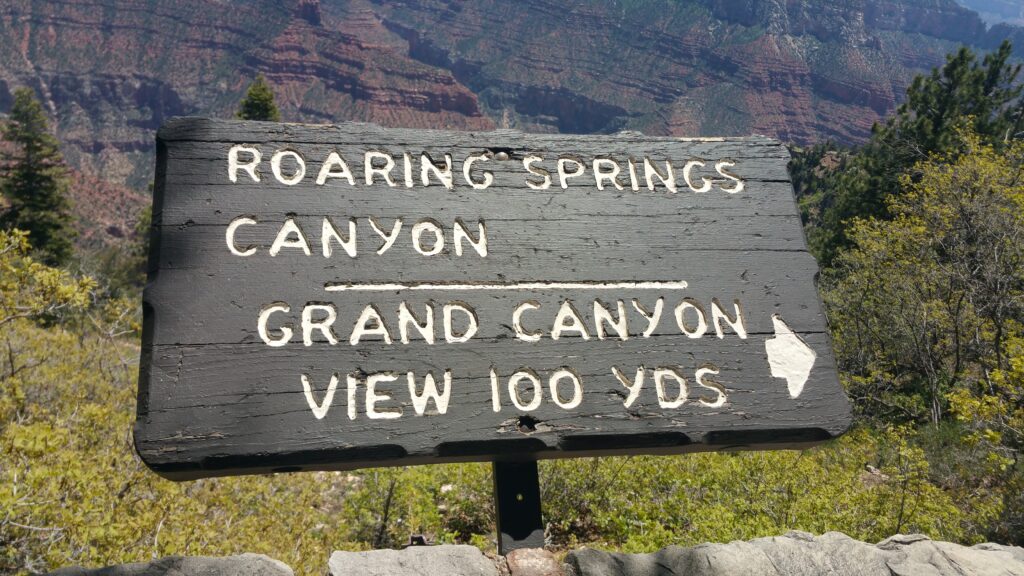
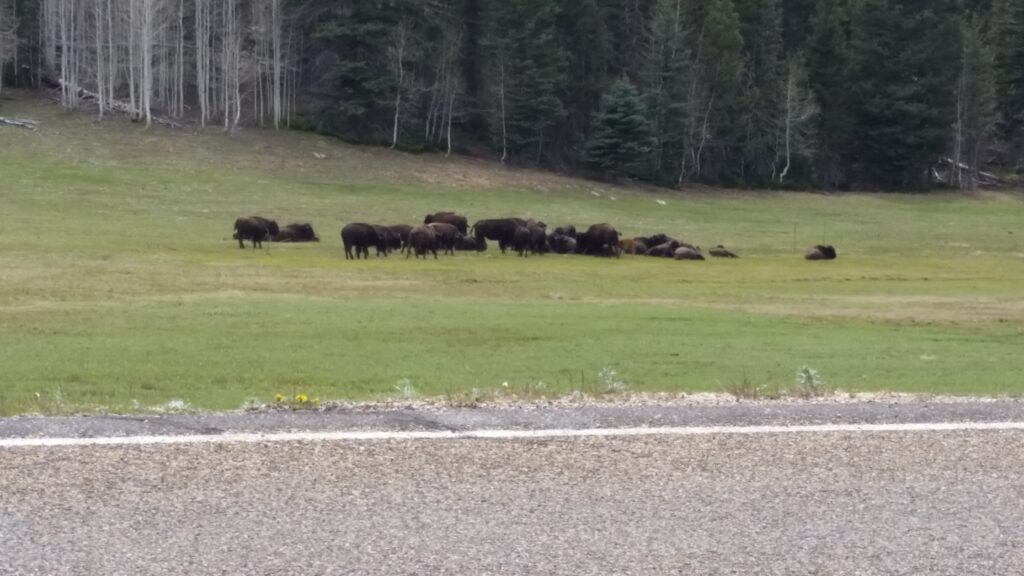
Visiting the Grand Canyon North Rim is a profound and transformative experience for those seeking a unique perspective on this natural wonder. Firstly, the North Rim offers unparalleled vistas that present the Grand Canyon in a way that the South Rim simply cannot replicate. Perched at a higher elevation of approximately 8,000 feet (2,438 meters) above sea level, the North Rim provides an astonishing vantage point. From here, you can gaze across the vast expanse of the canyon, taking in sweeping panoramic views that reveal the true depth and scale of this geological marvel. The sense of immersion is unparalleled as you stand at the precipice, gazing down into the heart of the chasm, and are enveloped by the profound silence and solitude of the wilderness. This elevated perspective adds an extra layer of majesty to the canyon’s grandeur, and the play of light and shadows across the cliffs at sunrise and sunset is a mesmerizing spectacle that photographers and nature enthusiasts cherish.
Moreover, the North Rim offers an escape from the bustling crowds that often inundate the South Rim. It provides an oasis of tranquility, where you can connect with the canyon’s raw beauty on a more personal level. The serene ambiance and the relative absence of tourist traffic create an intimate, contemplative experience, allowing you to fully absorb the canyon’s magic. Whether you’re sitting on the porch of the historic North Rim Lodge, taking a leisurely stroll along the Transept Trail, or embarking on a challenging hike down the North Kaibab Trail, the North Rim offers a sense of solitude and communion with nature that is truly special. It’s a place where you can escape the frenetic pace of modern life, tune in to the whispering winds and rustling leaves, and find solace in the quietude of the canyon. In essence, the Grand Canyon North Rim offers a pristine and immersive encounter with the wonder of the Grand Canyon, making it an unforgettable destination for those who yearn for a deeper, quieter connection with this awe-inspiring natural masterpiece.
Getting to the North Rim
The Grand Canyon North Rim is situated in the state of Arizona, within the boundaries of Grand Canyon National Park. However, it is important to note that the North Rim is more remote and less accessible than the South Rim. It is about a 215-mile (346-kilometer) drive from the South Rim’s Grand Canyon Village.
The most common way to reach the Grand Canyon North Rim from Las Vegas is by car. The drive takes approximately 4.5 to 5.5 hours, depending on the route you choose. Here’s a step-by-step guide:
Start by heading north on I-15 from Las Vegas.
Drive for about 125 miles until you reach St. George, Utah.
In St. George, take Exit 16 onto UT-9 East (also known as Zion-Mount Carmel Highway).
Follow UT-9 East for about 25 miles until you reach the eastern entrance of Zion National Park.
Drive through Zion National Park (stopping to enjoy the stunning scenery if you have time) and continue on UT-9 for another 38 miles.
You’ll reach the town of Mount Carmel Junction, where you should take a right onto US-89 South.
Continue on US-89 South for approximately 43 miles until you reach Kanab, Utah.
In Kanab, take a left onto UT-67 South, which will lead you directly to the North Rim entrance.
From Flagstaff, Arizona:
If you happen to be in Flagstaff or its surrounding areas, you can reach the Grand Canyon North Rim in about a 4 to 5-hour drive:
Head north on US-89A from Flagstaff.
Drive for approximately 110 miles until you reach Jacob Lake, Arizona.
From Jacob Lake, continue south on AZ-67 for about 45 miles to the North Rim entrance.
From Page, Arizona (Lake Powell):
If you’re visiting Lake Powell or Page, Arizona, getting to the Grand Canyon North Rim is relatively straightforward:
Head west on AZ-98 from Page.
Drive for approximately 40 miles until you reach Fredonia, Arizona.
In Fredonia, take a right onto US-89A North.
Continue on US-89A for about 9 miles, and then take a left onto AZ-67 South, which leads to the North Rim entrance (approximately 34 miles away).
The North Rim is open seasonally, typically from mid-May through mid-October. This limited access is due to heavy snowfall in the winter, which makes many roads and facilities impassable. Before planning your trip, check the official National Park Service website for the latest information on openings and closures. North rom offers 3 unique Hiking Trails:
North Kaibab Trail: This trail descends into the canyon, offering stunning views of Roaring Springs, and it’s the only maintained trail from the North Rim to the Colorado River. It’s a challenging but rewarding trek
Transept Trail: A shorter, easier trail that provides scenic views of Bright Angel Canyon and the North Rim Lodge
Widforss Trail: A peaceful trail that winds through forests and meadows, offering vistas of the canyon and opportunities for wildlife viewing
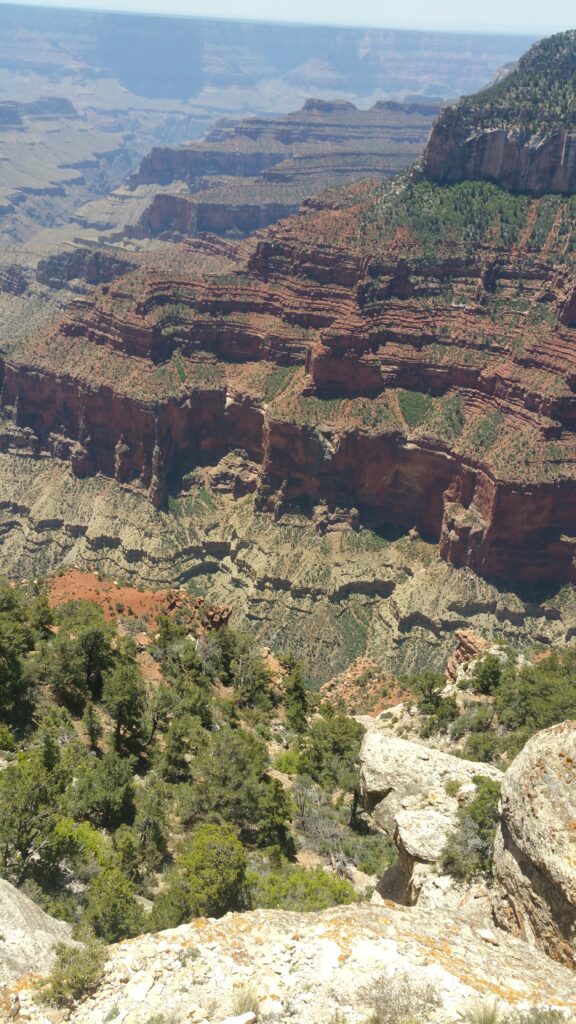
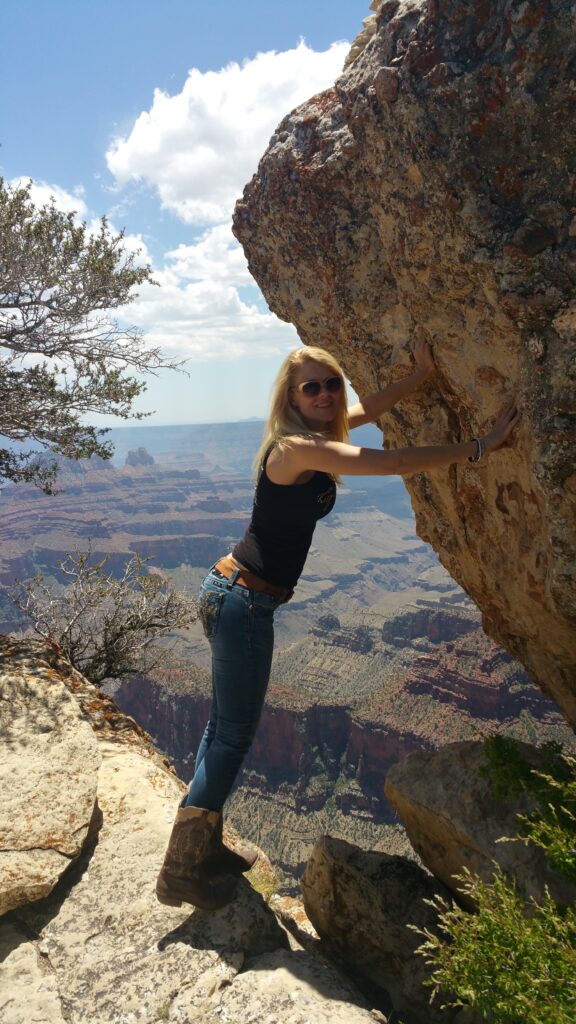
In conclusion, the Grand Canyon North Rim is an unspoiled treasure nestled within the vast expanse of an already extraordinary national park. Its remote location, tucked away from the mainstream tourist routes, bestows upon it an aura of pristine wilderness and secluded beauty. Here, the hustle and bustle of the modern world give way to a tranquil ambiance that resonates with the pure essence of nature. The North Rim beckons those who yearn for an escape from the cacophony of urban life, inviting them to experience a profound connection with the grandeur of the Grand Canyon in its rawest form.
What sets the North Rim apart is not just its serene seclusion, but also the breathtaking vistas that unfurl before the eyes of intrepid travelers. Standing on its elevated precipice, visitors are treated to panoramic views that stretch to the horizon, revealing the rugged contours of the canyon in all its awe-inspiring glory. The North Rim’s vistas capture the canyon’s essence in a unique and compelling way, painting a portrait of geological marvels and natural wonders that has the power to stir the soul.
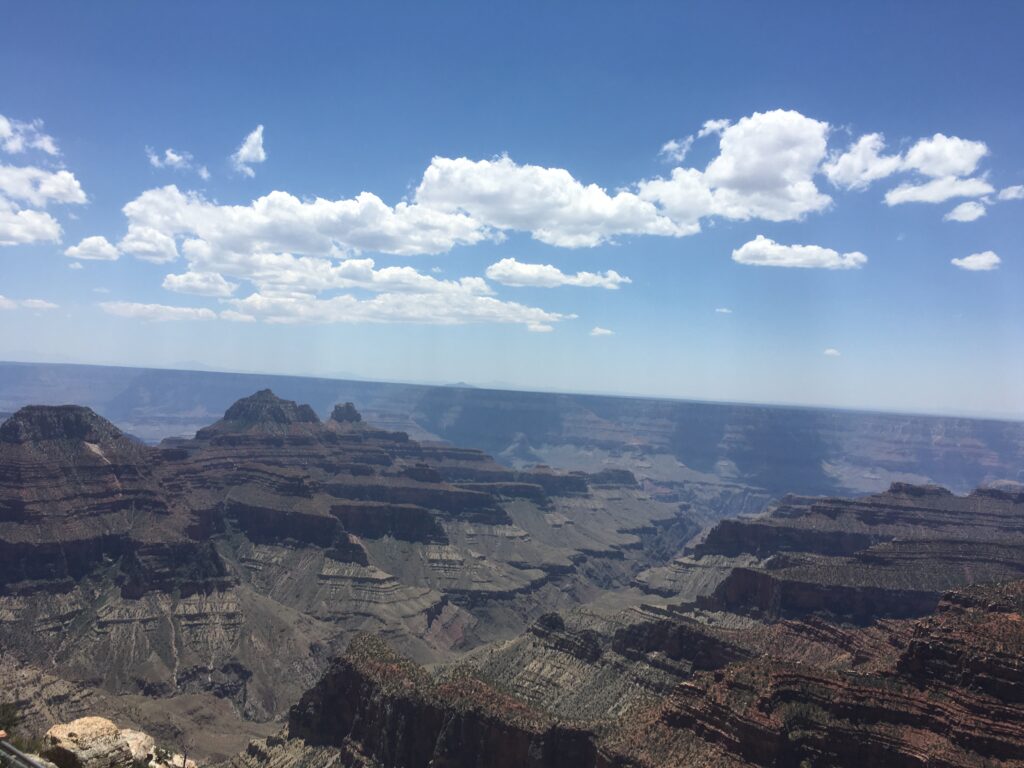
For those with a penchant for adventure, the North Rim offers a plethora of opportunities to immerse oneself in the untamed wilderness. Avid hikers can embark on journeys that lead deep into the canyon’s heart, traversing through ancient rock layers, meandering streams, and lush forests. Each step is a testament to the enduring spirit of exploration, as well as a chance to encounter the untamed flora and fauna that call this remote landscape home.
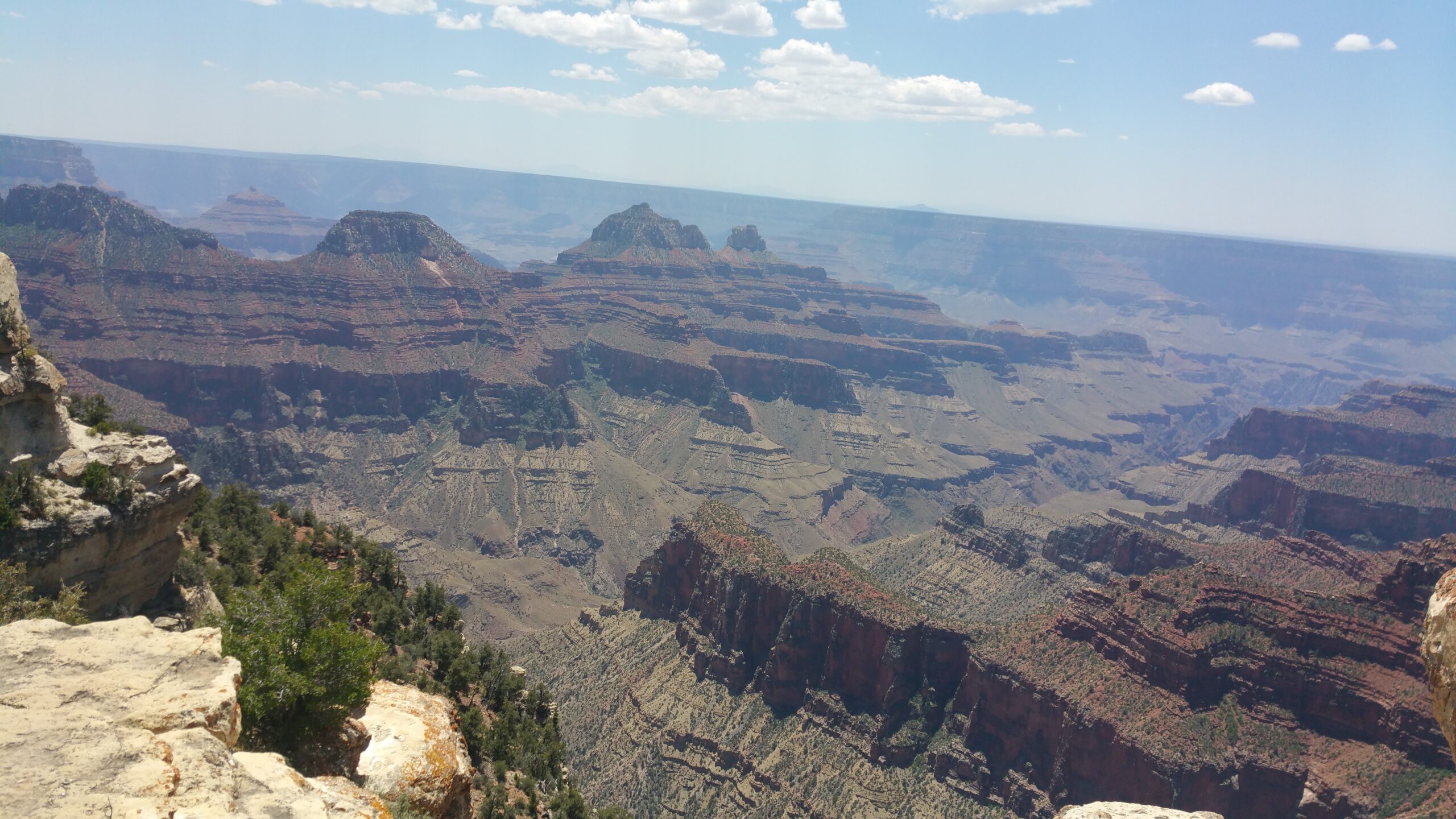
Yet, the North Rim’s allure extends far beyond the realm of hiking. It is a haven for nature enthusiasts, providing them with a sanctuary where they can observe the delicate intricacies of the ecosystem and marvel at the night sky, unburdened by the haze of city lights. It is a place of serenity, where the rustling leaves and the whispering winds compose a symphony of solitude and reflection.
In the end, the Grand Canyon North Rim is more than just a destination; it is an invitation to journey beyond the ordinary and embrace the extraordinary. It is a place that leaves an indelible mark on the heart and soul, a sanctuary where the grandeur of the Grand Canyon is not just witnessed but felt on a profound level. So, for those in search of a deeper, more intimate connection with nature’s majesty, the North Rim beckons, urging them to venture beyond the crowds and embark on a transformative journey into the very heart of this natural wonder – the Grand Canyon North Rim.






